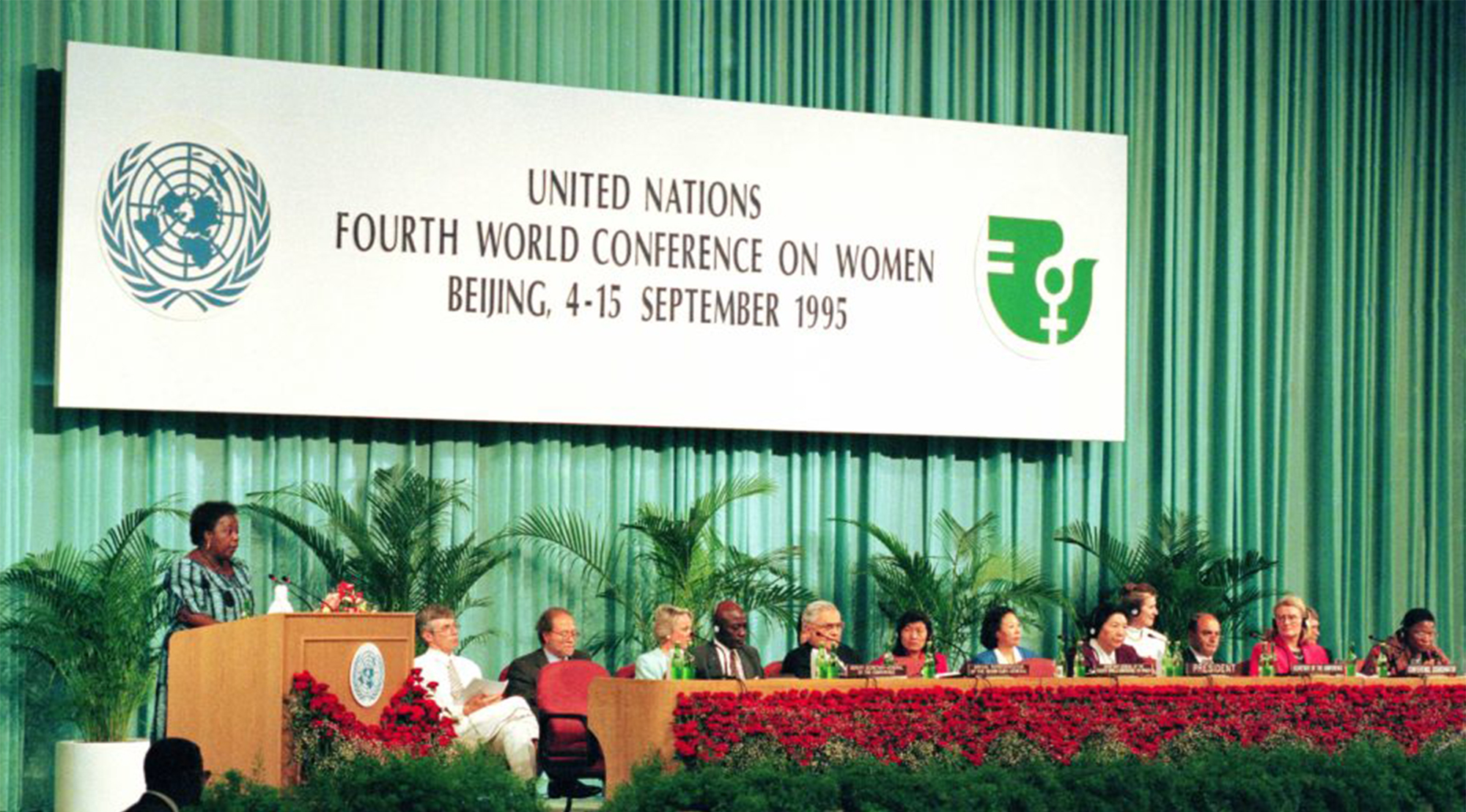20 years on from the UN Security Council Resolution 1325 “Women, Peace and Security” and 25 years since the Beijing Declaration and Platform for Action on women’s rights and gender equality – back then, the adoption of these instruments was welcomed, but where do we stand today? Interview with Flurina Derungs, Director of PeaceWomen Across the Globe.
Is there a good reason to celebrate the anniversaries of these international instruments today?
No. These documents were adopted in the “golden 1990s” when a lot was possible. This was the time when women’s rights were recognized as human rights. The Balkan Wars and the Rwandan genocide made violence against women as a weapon of war so visible, that the UN Security Council took action by adopting Resolution 1325 “Women, Peace and Security”. In Switzerland, too, the Gender Equality Act, unpunished termination of pregnancy, and the official recognition of domestic violence as a crime saw the light of day in this period. The Beijing Declaration and Platform for Action (BDAP), passed in 1995, was a visionary document. However, 20 years later, it became clear that this golden age is over. I was there in 2015, when the UN assessed the status of the BDAP’s implementation. A final document was deliberately not negotiated because of the danger that Beijing+20 could fall short of the situation in 1995. There have been some successes, but unfortunately, we are not much further along today.
What are the most important achievements of these instruments?
Resolution 1325 is a milestone in international peace policy. It recognizes violence against women as a weapon of war, condemns it, and demands that the concerns of women be taken into account during peace agreements, and that women must participate in peace processes. However, the BDAP and Resolution 1325 are actually part of a bundle of women’s rights that date back to the 1979 UN Convention on the Elimination of all Forms of Discrimination against Women (CEDAW). As violence against women was considered a private affair at the time, the CEDAW does not make reference to it. Only thanks to the women’s movement and advocacy work has violence against women become a topic which is discussed openly. Resolution 1325 is part of this context.
Which achievements can be specifically traced back to Beijing?
The concept of gender mainstreaming was launched in Beijing. Thanks to the BDAP, gender equality and the empowerment of women play a transversal role in Agenda 2030 for Sustainable Development and have become an objective in their own right. Care work performed by women was recognized in Beijing as a critical factor in development and peace.
How do you recognize the achievements and challenges of your work?
The work of PeaceWomen Across the Globe is based on these human rights instruments. In our network, different women stand for the increasing participation of women in peace processes, such as Miriam Coronel Ferrer from the Philippines – the first female chief negotiator in peace talks. In 2014, she signed the peace agreement between the government and the Moro Islamic Liberation Front. However, a 50:50 participation by women in peace processes is still a long way off. The UN study analyzing peace negotiations between 1998 and 2018 shows that women only made up 3% of the mediators and 4% of signatories. Representation of women on a purely numerical basis, however, does not guarantee their substantial participation in peace processes or the implementation of gender-related requirements in peace agreements. In addition, the “Prevention of Violent Extremism” project, which emerged in the context of the 9/11 attacks, hijacked the “Women, Peace and Security” agenda, which was also a setback for gender justice.
Where does Switzerland stand on the implementation of these instruments?
Thanks to the legal amendments mentioned at the start, legal equality between women and men has practically been achieved. However, domestic violence, unequal pay, and unpaid care work are just three of the areas where this equality has not yet actually been achieved. Switzerland has made a strong international commitment to an independent gender objective and to the transversal embedding of gender equality into Agenda 2030. It was one of the first of 84 countries to draw up a National Action Plan to implement Resolution 1325 and also created a Beijing+25 report on the status of its implementation. However, the new Swiss Dispatch on International Cooperation no longer contains a specific goal for gender equality.
How is Swiss civil society participating in the Swiss National Action Plan (NAP) 1325?
PeaceWomen Across the Globe – alongside KOFF and the peace organization cfd – is coordinating civil society support for the now 4th NAP, with the aim of raising awareness about it and making peacebuilding more relevant in practice. We are trying to create a stronger link between practice and policy by engaging in a dialog with the government. In our work, I am constantly reminded of the gap between these kinds of international documents and the everyday life of women – the significance of these documents is undisputed, but this divide is striking.
What findings have been brought to light by the coronavirus pandemic that are relevant to these instruments?
Anyone who was disadvantaged before the coronavirus crisis was in an even worse position during the crisis. The crisis has brought to light the manifold and intersectional discrimination against women, and the huge inequalities in the care sector, for example. It awaits to be seen where savings will be made, but the financial crisis of 2008 showed that cuts came at the expense of women.
What have these instruments brought about if women are among the victims of these kinds of crises?
A crisis of this sort would probably have had even worse outcomes for women in the 1960s. Despite the progress, a great disparity still exists between legal and actual equality. In 2015, I pinned my hopes on Agenda 2030. But today, I feel somewhat disillusioned.
That doesn’t sound like a hopeful view of the future.
There are good points – the “Me Too” movement, the Women’s Strike, and the “women’s landslide” in the elections. The “Swiss law, not foreign judges” initiative and the “Self-determination Initiative” showed that human rights must continue to be defended. When voters clearly rejected the 2018 initiative, this also showed that a civil society that stands together and mobilizes the people can bring down the initiative of a financially powerful opponent. It is precisely such issues as gender equality and peace that need strong women’s organizations and a civil society based on solidarity, and this gives me hope.


